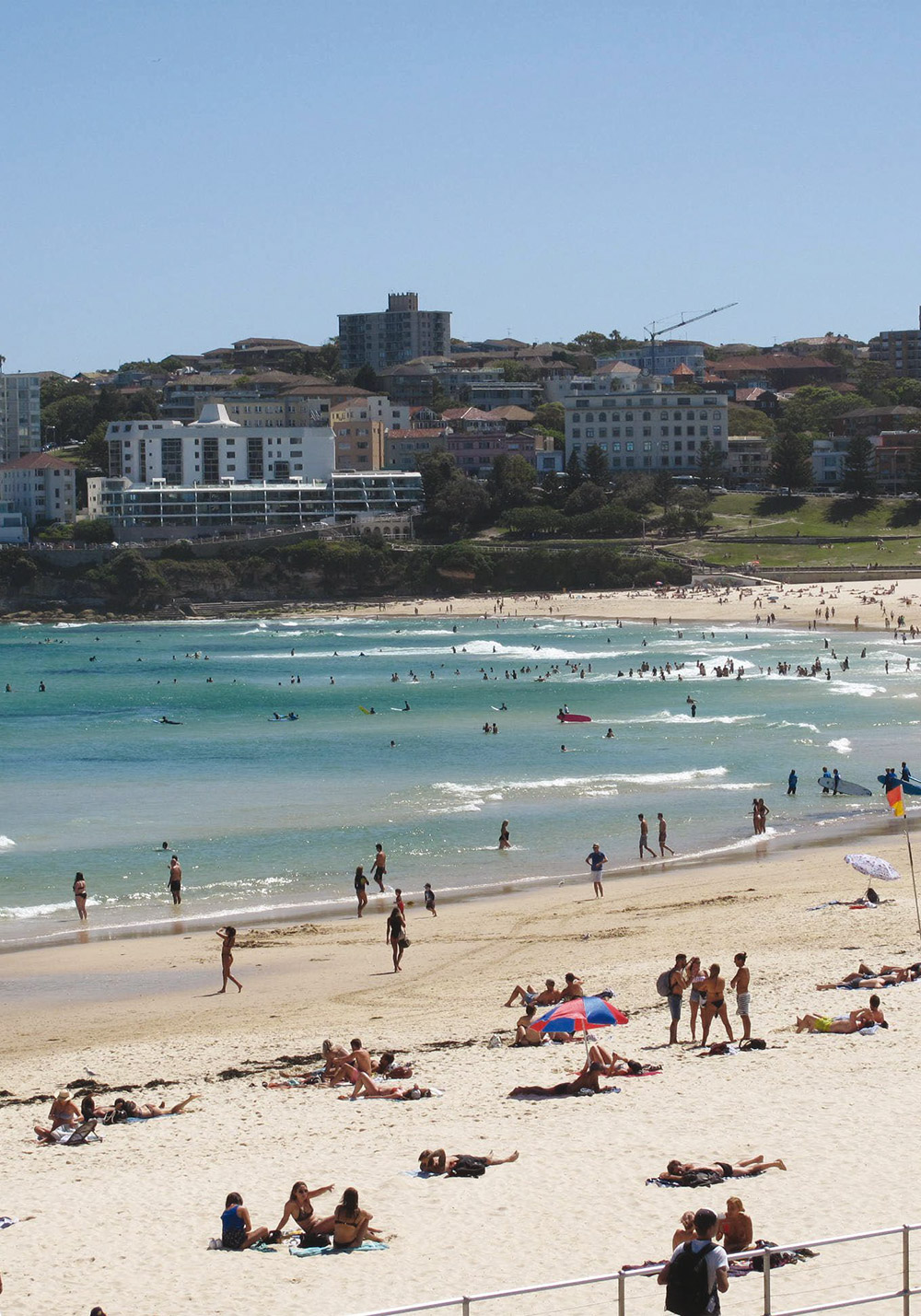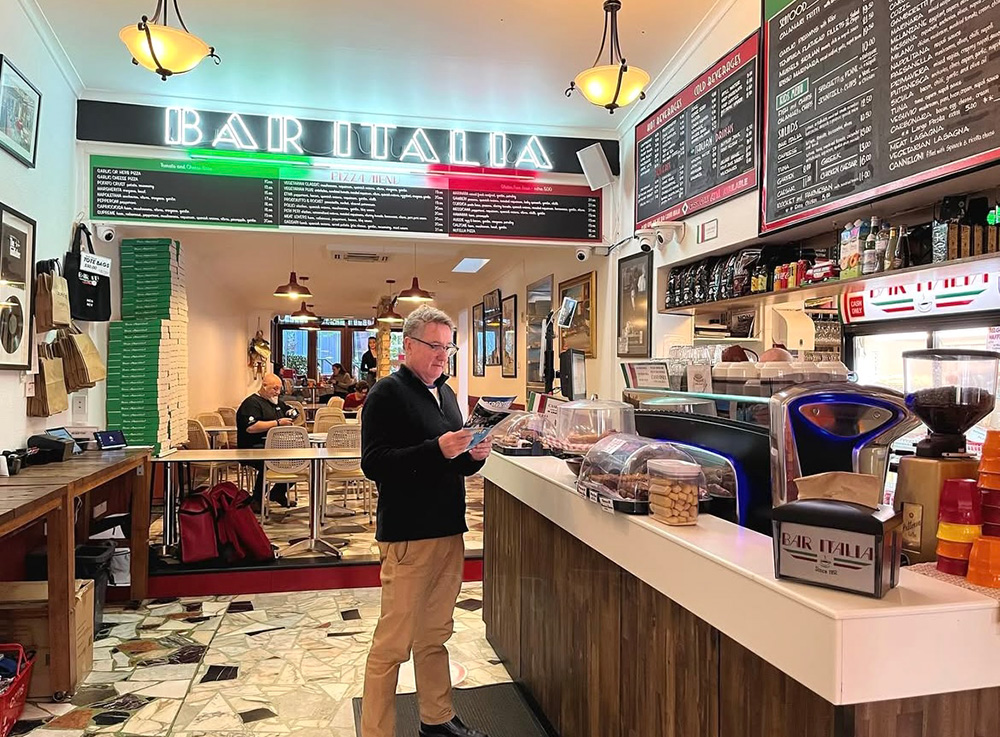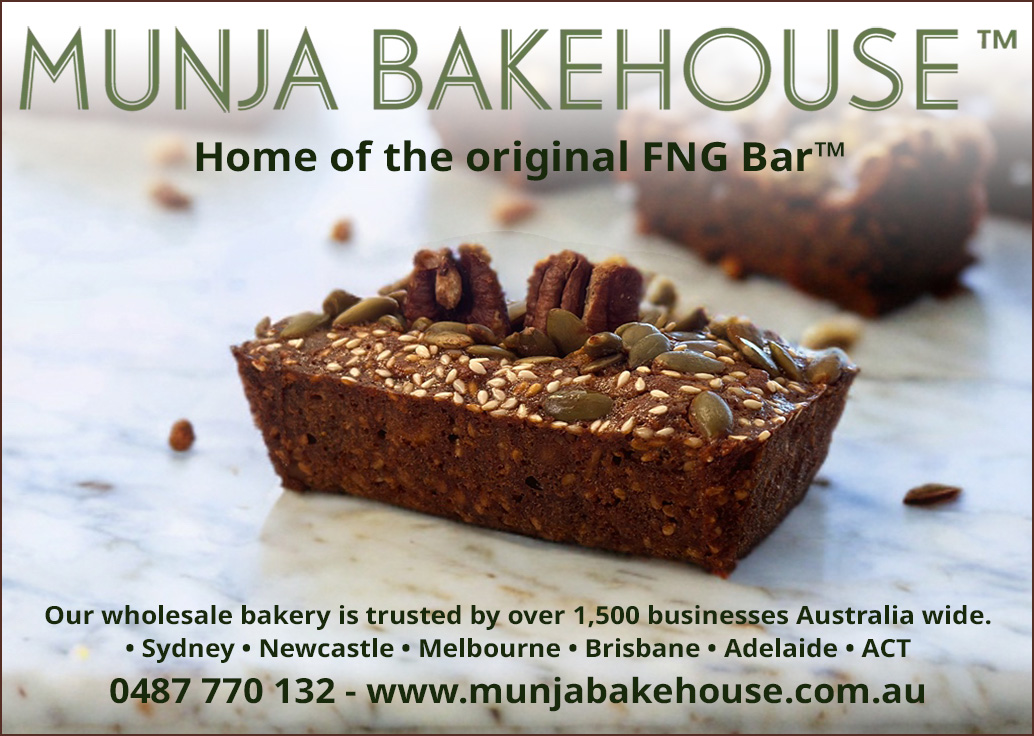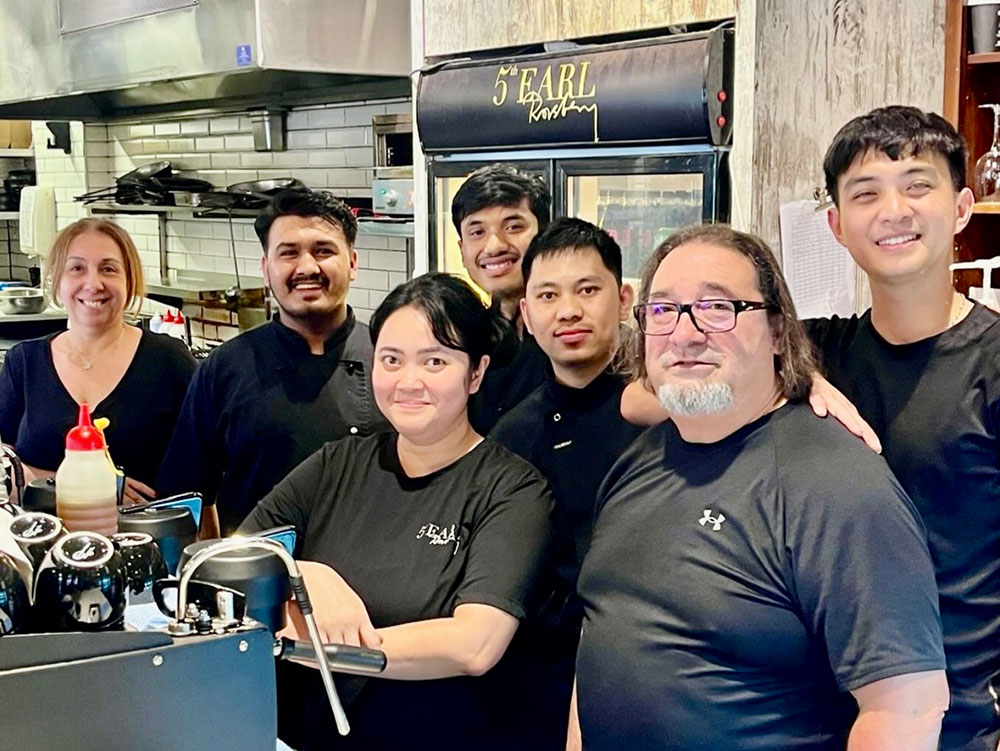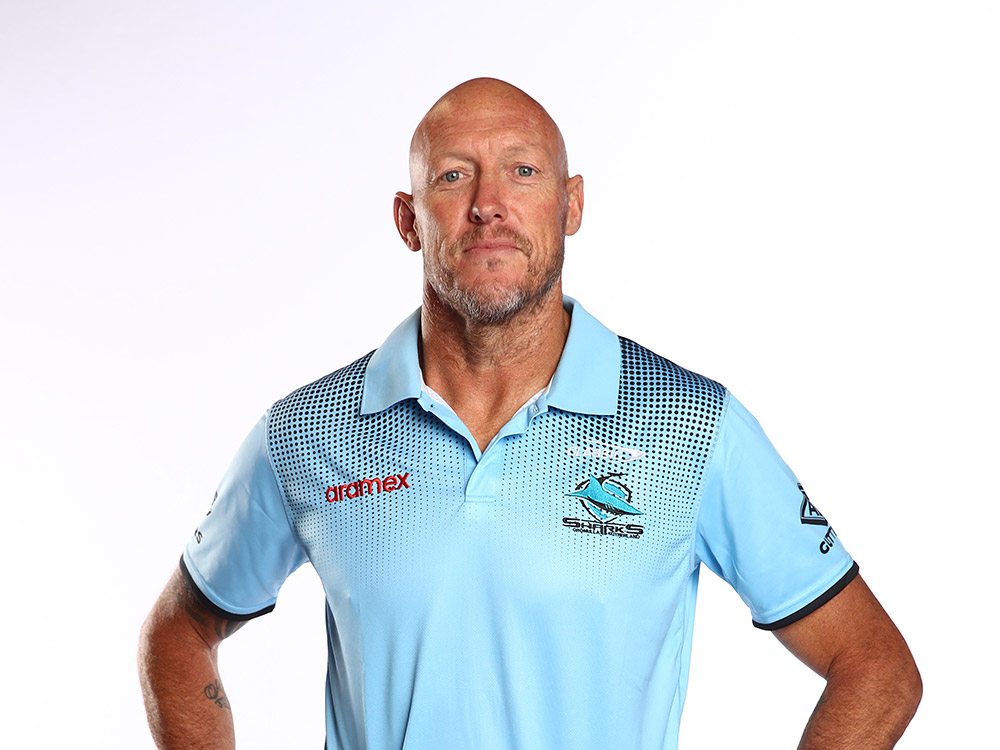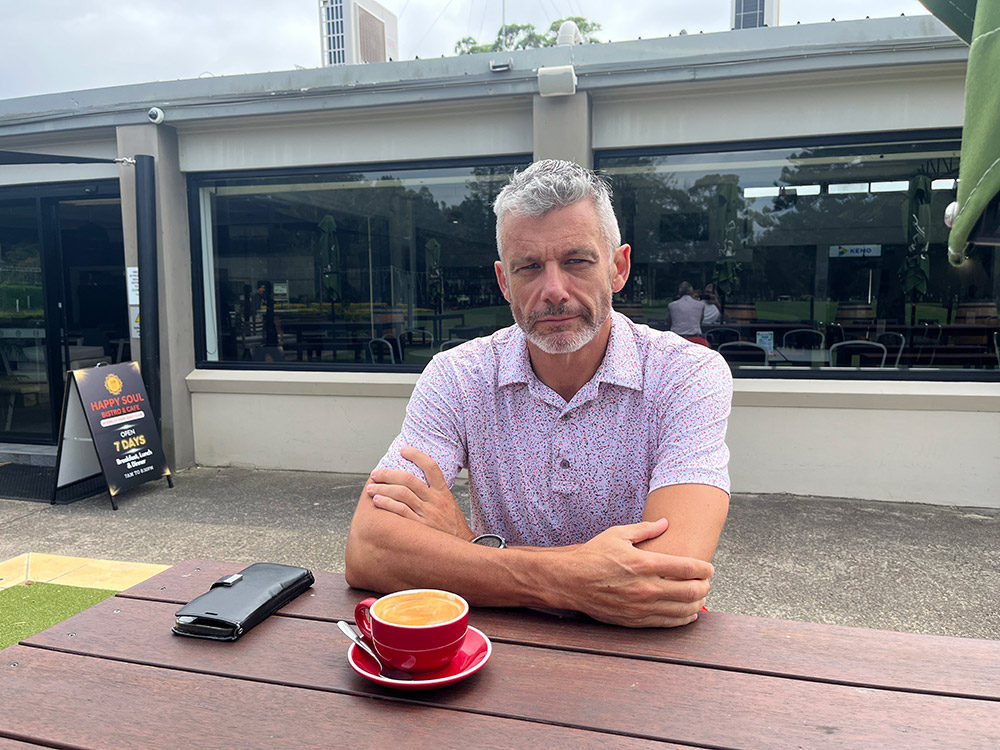By Anthony Anderson
“If you wanted a fight in the early hours of a Sunday morning, the public bar of the Bondi was a good place to find one. Bondi Road had a couple of restaurants back in the ‘70s but the shear variety along that stretch today defies comparison.”
Bronte, Tamarama and Bondi. This three‑kilometre strip of sand, rock shelves, cliffs and pools, stretching from Bronte Baths to the North Bondi Grassy Knoll, is stupendous. But today, the streets, shops, restaurants, cafes, businesses and houses surrounding this stretch of coastline bear little resemblance to the 1970s of my youth. How the strip has changed.
In the 1970s, much of these three suburbs was working class. At Bronte, there was a string of grungy shops opposite the bus terminus, while the Bondi of today is unrecognisable from the Bondi of the ‘70s. Back then, the number of cafes could be counted on the fingers of one hand. But there were plenty of pinball machines. Valissis’ Milk Bar in the centre of Campbell Parade was the pinball palace. And just around the corner, in Curlewis Street, was the famous Flying Pieman, which was always a good option for a feed in the early hours of a weekend.
Tamarama was sometimes referred to as ‘Glamarama’ in the 1970s, due to its fashionable inhabitants sunning their glamorous bodies on the sultry sands.
The Hall Street of 2020, with its 20‑odd trendy cafes, bars and restaurants, bears no resemblance to 1970s Hall Street, when the Jewish Hakoah Club held pride of place. The grungy Astra pub at South Bondi is long gone and the Bondi Hotel is vastly different. If you wanted a fight in the early hours of a Sunday morning, the public bar of the Bondi was a good place to find one. Bondi Road had a couple of restaurants back in the ‘70s but the shear variety along that stretch today defies comparison.
“Undoubtedly what makes Bondi special is the thing that can’t be changed. Its geography is truly unique. The arching curve of the bay echoed by the sweep of the prom on which I’ve walked 10,000 times make it instantly recognisable and appealing,” says Peter Colquhoun, a long‑time resident and architect who worked in association with Architects Durbach, Block, Jaggers on the North Bondi surf club. “In architecture, circles and curves are used to create communal spaces; Bondi does this naturally. It’s this embracing form enclosed by two solid sandstone bookends – Ben Bucker point to the north, McKenzies to the south – which is its underlying strength.
The word ‘trendy’ has replaced the word ‘family’ in the local lingo at Bondi. In the ‘70s, Bondi was a family suburb. Backpacker hostels were unheard of, as were traffic lights, traffic jams and paid parking. There were three petrol stations along Campbell Parade. The water was sometimes polluted with sewage, due to the outfall that entered the ocean just around the North Bondi headland. The surf was full of local legends, including four‑time world title runner‑up, Cheyne Horan. Every wave was a competition back then. And if you were an outsider who happened to ‘drop in’ on one of the locals, you had better grab your board and get out of the water and start running, fast!
Tamarama was sometimes referred to as ‘Glamarama’ in the 1970s, due to its fashionable inhabitants sunning their glamorous bodies on the sultry sands. Perhaps this was the precursor to the ubiquitous hipster that infests the strip today.
Walking around the area today feels slightly surreal. It almost seems like the only two things that haven’t changed since the 1970s are the beaches themselves – and the might of the local Roosters rugby league premiership team.
“All places change. The Bondi of my youth was different to the one of my mothers, who grew up during the war, or my grandmother who walked sand dune tracks rather than piss‑stained bitumen. Today, my boys walk to school like we did, nothing unique to see here folks, just generations growing up on the streets of their village. Our valley though gets global attention, glamourised beyond belief. Yesterday was no better or worse – just different, just the same,” says Peter.
Bondi, Tamarama and Bronte beach are located on the Eastern Suburbs of Sydney and are accessible by public transport. They are managed by Waverley Municipal Council.
